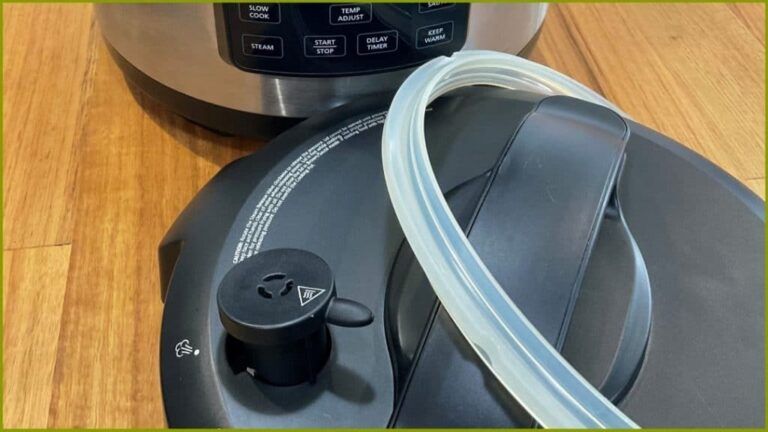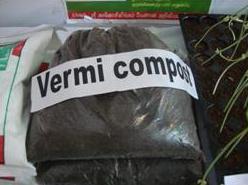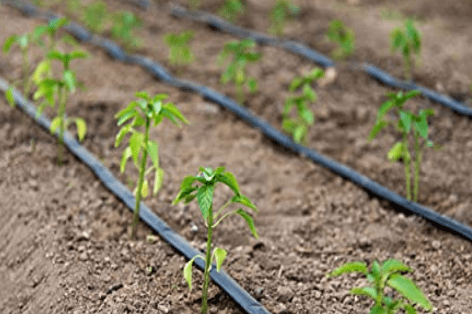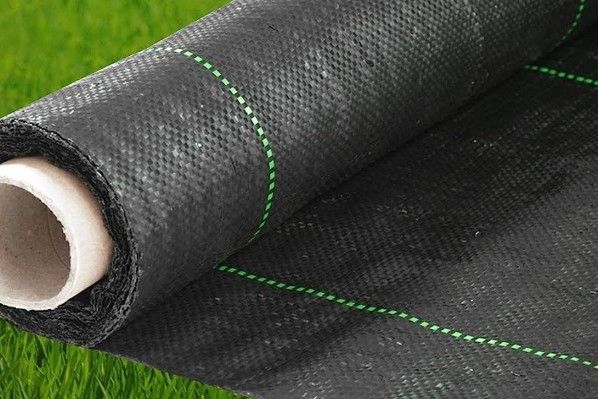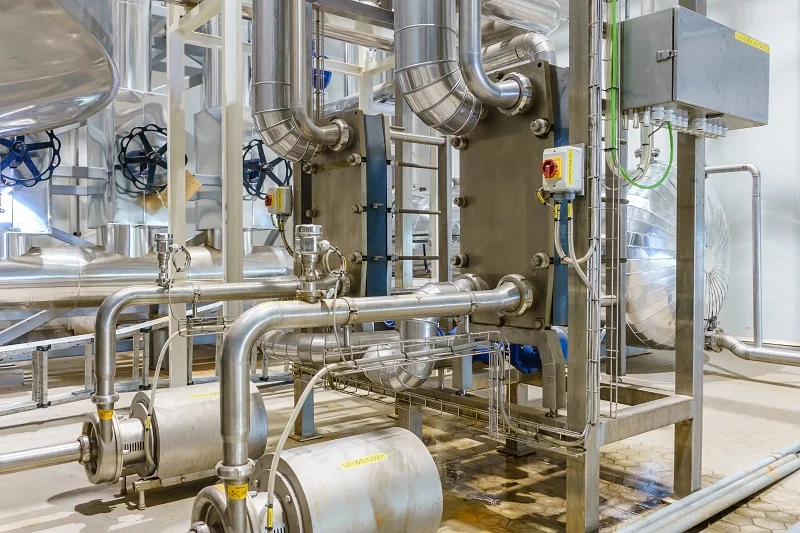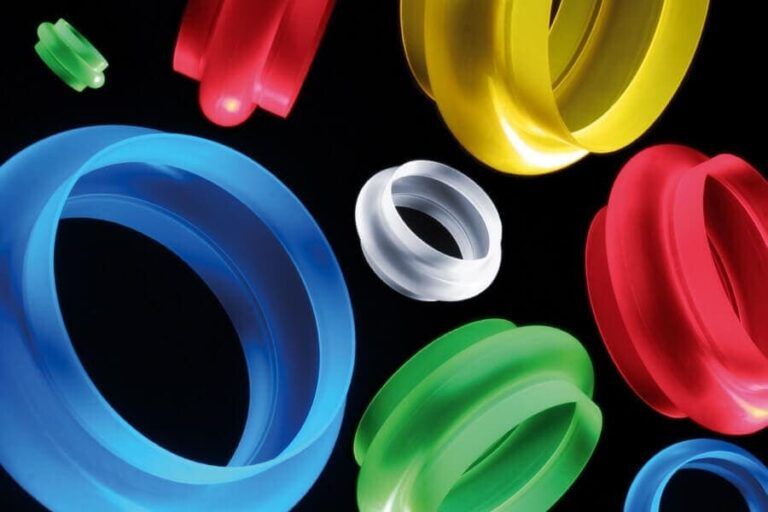Home- Pressure Cooker Gasket
What exactly is a pressure cooker gasket? A pressure cooker gasket makes the gadget airtight by sealing it. Because steam cannot escape from the container, pressure builds up to the point where food can be cooked. A cracked or torn gasket can hinder the system from reaching full PSI.
What Are Pressure Cooker Gaskets or Sealing Rings Made From?
Manufacturers make gaskets from two materials: silicone and rubber.

Silicon Pressure Cooker Gasket
Silicone offers versatility and high-temperature stability. The watertight seal repels water, making it the perfect choice for a pressure cooker. Flexibility also makes it a good choice because you need this when sealing your pressure cooker. Silicone gaskets don’t shrink.
.The Right Installation of Your Gasket
After you open your pressure cooker, when new, check the gasket to see that you have it installed correctly. Manufacturers usually ship gaskets in the inside-out position. This means that when you put the gasket inside the pressure cooker, it will match up with the lid. Turn the gasket right side out.
In some cases, the gasket feels stiff or too big to fit the pressure cooker. Soaking the gasket in hot water for a few minutes will soften the material and make it easier to manipulate. You soak it until you remove the crimps and kinks in the gasket.
The Ways to Seal a Pressure Cooker
You can seal a pressure cooker in several ways, which depend on the model and brand.
Screw-Down Design: Your typical design for pressure canners, the screw-down design lacks the gasket of the other designs. While it will have screw-down knobs around it, it won’t use the gasket. Important to note, that the screw-down design is the less modern style for sealing the pressure cooker. This design will have wingnuts and bolts around the lid.
Twist N’ Lock Design: You will see the twist n’ lock design on many of the pressure cookers of today. Some say that they save on energy and cooking time. The flanges on this pressure cooker hold the lid in place for a solid seal.
Internal Lid Design: An oval lid with a spring, this lid is larger than the pressure cooker. You turn the lid to align with the pot. The spring keeps the lid in position until the pressure cooker reaches the desired PSI. You need to turn the lid so that it aligns with the pressure cooker.
How to Clean Your Gasket
Cleaning your gasket ensures that it will work as long as possible, and at the same time, keeps its seal throughout the time. First, never put the gasket in the dishwasher. The harsh chemicals that a dishwasher uses can damage the seal. Remove it from the pressure cooker at the end of each use and soak it in warm, soapy water.
In some cases, your gasket may start to take on an odor. Rubber gaskets especially have an issue because it holds in the odor more.
Expert Advice: White vinegar works on most pressure cookers for cleaning, but we wouldn’t advise that you use it on aluminum, copper, or stainless steel. White vinegar is comprised of five to 10 percent acetic acid. This can corrode and discolor aluminum, stainless steel, and copper.
How Often Should You Replace a Gasket?
- Leaks from the pressure cooker
- Gasket becomes sticky
- A gasket is difficult to stretch
- Your gasket shrinks too much and doesn’t fit


